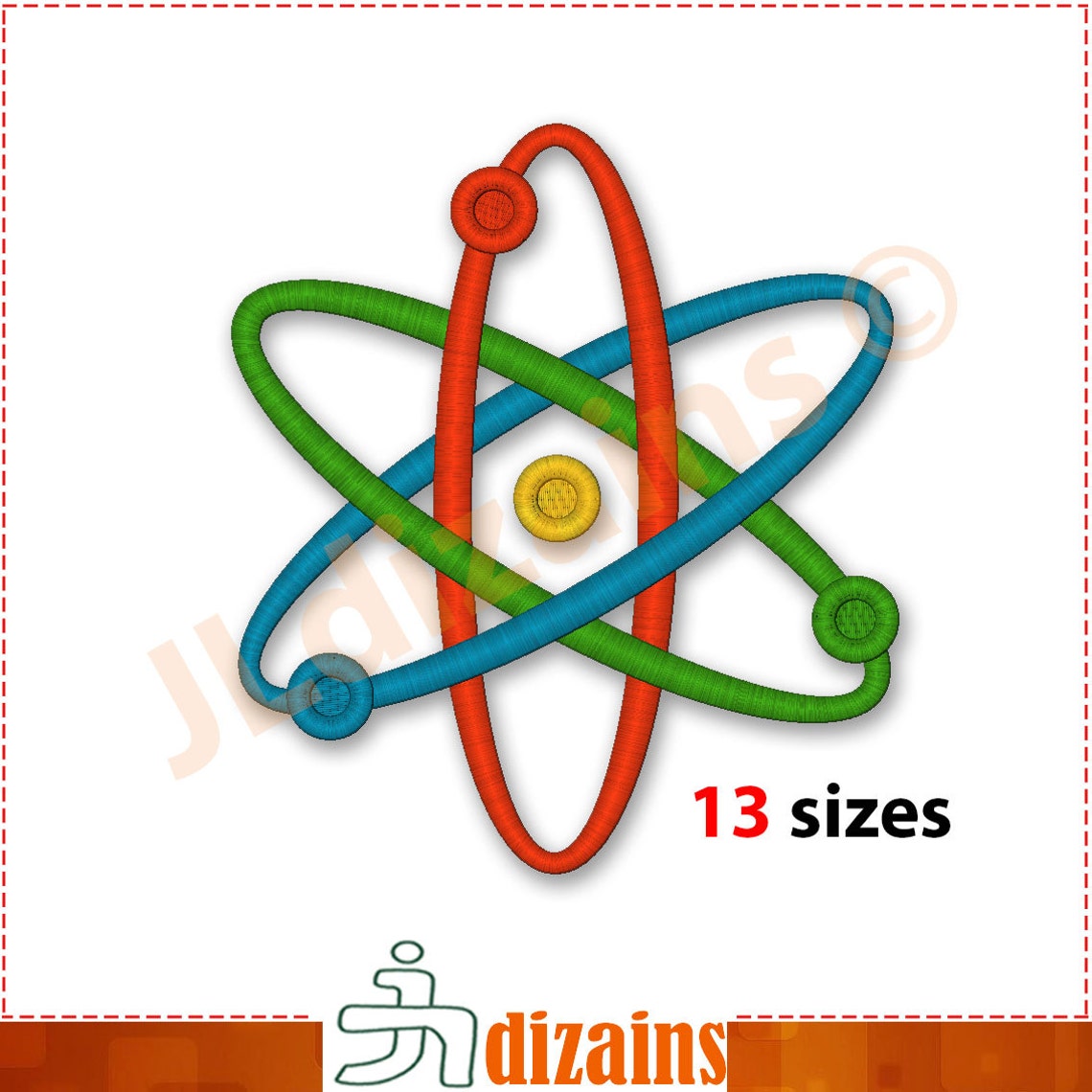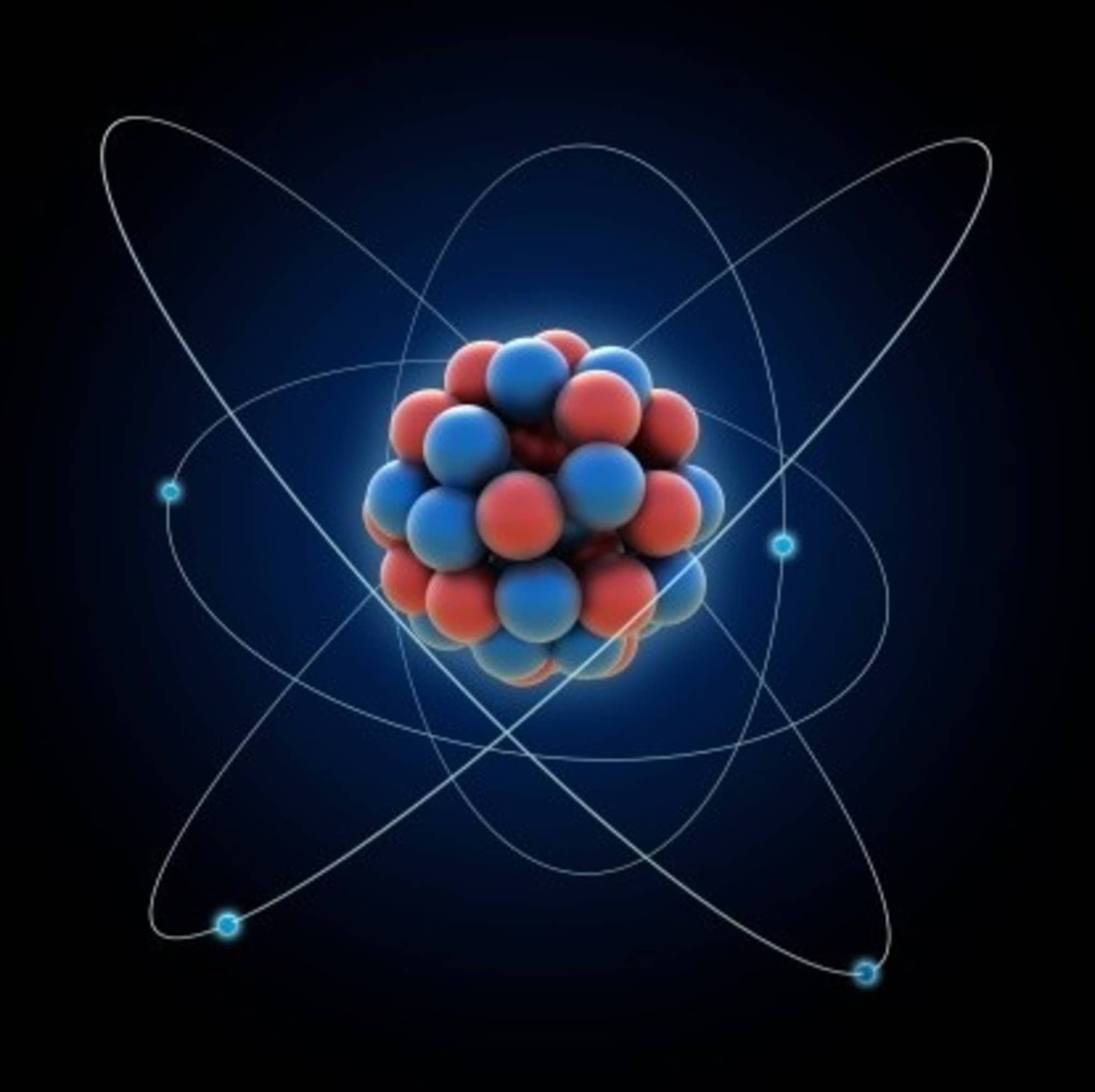Table Of Content

You could have rich text and a button across many different contexts on a website. Then we’ll dive into an example that allows us to take our elements through the design and development process. Molecules demonstrate how atoms can interact and combine into usable microcomponents. These molecular components start having defined properties like size, shape, positioning, etc. Get enough molecules together to form any organism — like you, the designer, or your webpage.
Molecules
One of the biggest advantages atomic design provides is the ability to quickly shift between abstract and concrete. We can simultaneously see our interfaces broken down to their atomic elements and also see how those elements combine together to form our final experiences. This homepage template displays all the necessary page components functioning together, which provides context for these relatively abstract molecules and organisms. Organisms, then, are entire sections that can stand on their own and combine a set of molecules into a component of their own. In this post, I’ll walk you through what atomic design is and why it’s beneficial for designers, developers, and entire teams.
Molecules: Designing our content area
Component reusability and encapsulation keep growing codebases easy to maintain. Group components into folders by type like /atoms, /molecules, /organisms. Tools like Storybook and Bit can help create a browsable component library. React combined with an atomic design approach to component architecture results in highly modular frontends. Components can be mixed and matched in many combinations to build consistent, functional UIs faster with fewer bugs. Developers can work independently on atoms/molecules and not create conflicts.

Advantages of atomic design
Templates are page-level objects that place components into a layout and articulate the design’s underlying content structure. To build on our previous example, we can take the header organism and apply it to a homepage template. Organisms are relatively complex UI components composed of groups of molecules and/or atoms and/or other organisms. My search for a methodology to craft interface design systems led me to look for inspiration in other fields and industries. Given this amazingly complex world we’ve created, it seemed only natural that other fields would have tackled similar problems we could learn from and appropriate.
Reuse Everything
DesignOps is a set of best practices and principles that aims to streamline the effectiveness of design teams. Now you have reusable design components to plug into your system. To champion this method, gather data about how it is performing. Experiment with webpage elements based on speed, interactivity, and visitor crawl rates.
Atomic Design Used Case
Atomic design of dual-metal hetero-single-atoms for high-efficiency synthesis of natural flavones - Nature.com
Atomic design of dual-metal hetero-single-atoms for high-efficiency synthesis of natural flavones.
Posted: Thu, 22 Dec 2022 08:00:00 GMT [source]
With the design system that grows from the atomic way of doing things, there’s no guessing, no confusion. Instead, there’s a single source of truth that holds all the components in use along with their respective codes. Atomic Design is all about structuring the way things are done in the design process, but it doesn’t restrict the freedom to respond to changes in circumstances. By taking the time to create sound groups of components and patterns for each type of content in the product, we have a flexible system that can be used for just about anything.
Atoms: Building our Button
Atomic design allows us to see our UIs broken down to their atomic elements, and also allows us to simultaneously step through how those elements join together to form our final UIs. We learned about the tight bond between content and design, and how atomic design allows us to craft design systems that are tailored to the content that lives inside them. Atomic design is a methodology developed by Brad Frost for creating design systems. In short, it works by breaking down interfaces into small and reusable components. Atomic design provides a structured way of building up complex UIs from basic building blocks in five distinct levels (we’ll cover those in depth later). In all of these examples, the underlying templates are the same, but the user interfaces change to reflect the dynamic nature of the content.
Getting Started: Atomic Design System Basics and a Quick Tutorial
It’s an exciting way to approach design, nurturing creativity in a way that leaves nothing to chance. After all, your lowly author is a web designer, which is mainly the reason this book primarily focuses on web-based interfaces. But it’s important to understand that atomic design applies to all user interfaces, not just web-based ones. Another important characteristic of templates is that they focus on the page’s underlying content structure rather than the page’s final content.
Because the atoms and templates are not brand-specific, they are reusable. As a designer, it means you develop a consistency that translates to expectation when looking for contracts or clients. As you can see, atomic design elements build upon its essential parts. The idea is that atoms join to create more holistic and versatile web experiences, primarily when they work together to enhance each other’s strengths and properties. Examples include contact forms that incorporate atoms like buttons and fonts. Atomic design allows extensive component libraries and design systems to be scaled effectively.
This can be very practical for products that are constantly expanding, with the templates helping the team create new pages quickly and maintain consistency throughout. So far, the design team paid a lot of attention to the fine details of each organism and its molecules and atoms. Things like functionality and practicality have been major players in the game, offering a whole series of options for assembling the screens of the product. This is when we start creating what the Atomic Design approach calls templates. Our signup form molecule might have other elements, like a text-based pitch, that work in combination with the form to create an organism.
Nano-topology optimization for materials design with atom-by-atom control - Nature.com
Nano-topology optimization for materials design with atom-by-atom control.
Posted: Mon, 27 Jul 2020 07:00:00 GMT [source]
Brad Frost’s book Atomic Design acts as a methodical framework, carefully forming design systems to guarantee their robustness and consistency. The nomenclature itself is derived from the fundamentals of chemistry, particularly the complex structure present in all matter. Based on how atoms form molecules and molecules include organisms, you might have guessed that organisms formulate templates. A group of organisms acts like a puzzle, piecing together to create an entire contact page, complete with navigation, submission forms, text boxes, and other layout aspects. Looking at the chemistry definition of an atom will explain that it is the quintessential building block of matter.
A template lets us create a page while saying these bits are going to be left up to the content editors to lay out. Many websites are built with content management systems that take templates and allow teams to add content dynamically to specific pages. You can test atomic components in isolation without having to look for outside dependencies.

No comments:
Post a Comment